Remodeling your kitchen is one of the most impactful ways to transform your home, and when done right, it can increase both functionality and value. Whether you’re planning a minor refresh or a full-scale renovation, having a clear DIY kitchen remodel checklist can help you stay on track, avoid costly mistakes, and achieve the kitchen of your dreams.
Why You Need a DIY Kitchen Remodel Checklist
Before diving into a kitchen remodel, it’s crucial to have a well-structured plan. A DIY kitchen renovation guide not only helps you stay organized but also ensures that you’re fully prepared for each phase of the project.
From setting a budget to gathering the necessary tools and materials, following a checklist will help you avoid common pitfalls and stay within your financial limits.
DIY Kitchen Remodeling Checklist
- See the Big Picture & Set Priorities
- Budget Effectively
- Measure Your Kitchen
- Gather Tools & Materials
- Demo & Prep Site
- Install Major Components
- Hire Out Electrical, Plumbing, Lighting
- Paint & Finish
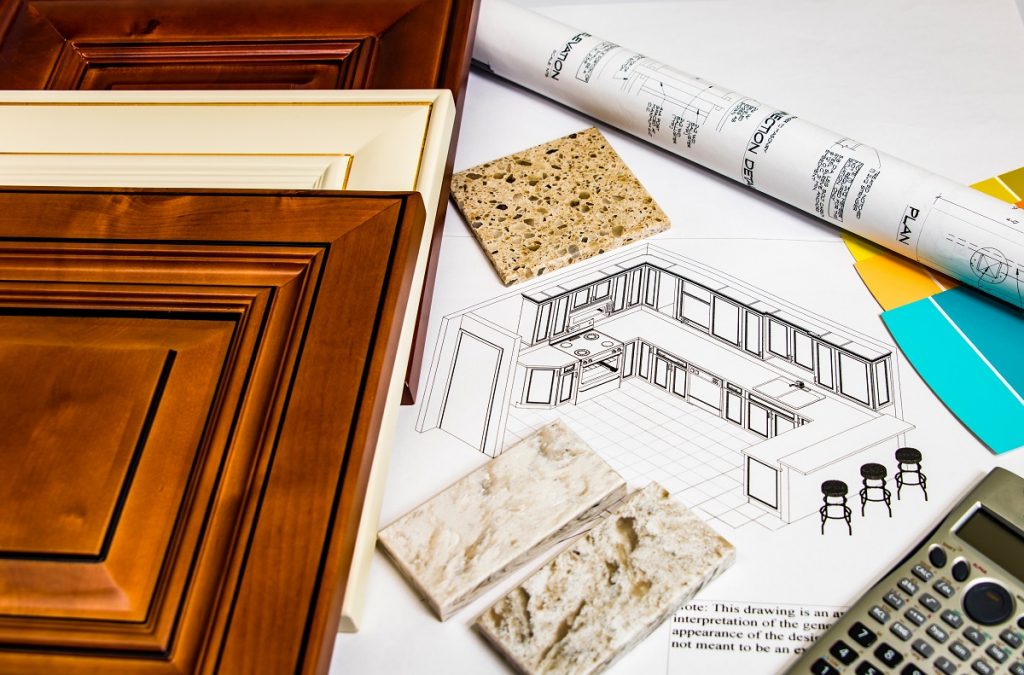
1. See the Big Picture & Set Priorities
Before you start tearing out cabinets, take some time to define your vision. What do you want to achieve with your kitchen remodel? Are you focused on aesthetics, functionality, or both? Prioritize features that matter most to you, such as increasing storage, improving lighting, or updating appliances. Seek inspiration for your layout and material choices so you have a clear direction.
Setting clear goals early on will help guide your decisions throughout the project.
Pro Tip: Create a vision board or list of must-have features to keep your priorities in focus.
2. Budget Effectively
Creating a detailed budget is essential for any successful remodel. Determine how much you’re willing to spend and allocate funds for different areas of the kitchen. Don’t forget to include a contingency for unexpected expenses.
Download a budget planner to help you keep track of every penny. It can be easy to get caught up in the moment and forget what’s important down the road then your budget-friendly kitchen remodel ends up costing way more than you bargained for.
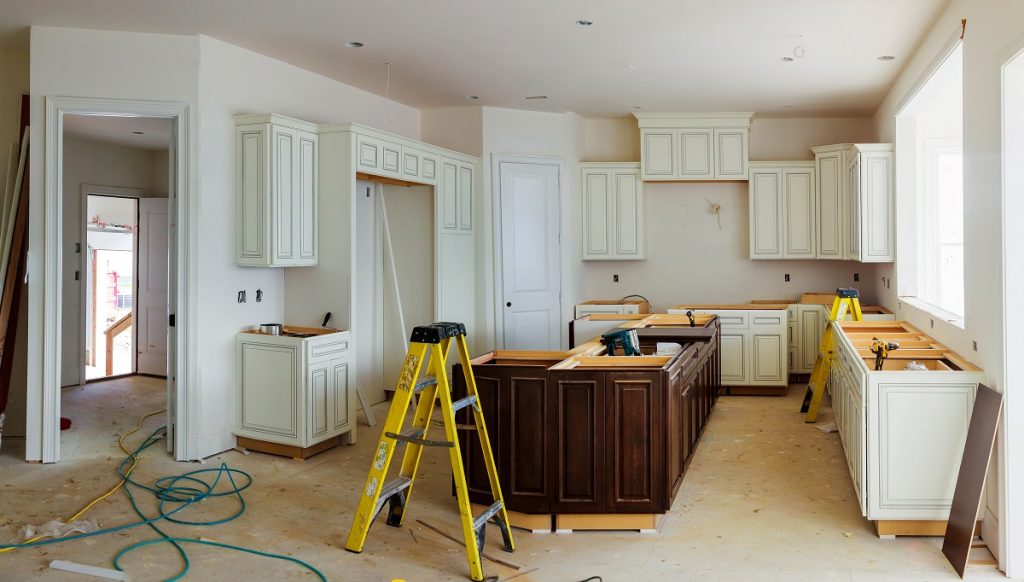
3. Measure Your Kitchen
Accurate measurements are vital before ordering new cabinets or appliances. Measure your kitchen space, including countertops, floor area, and cabinet heights. This will help ensure that everything fits perfectly when it’s time for installation.
Need help getting the right measurements? This worksheet will walk you through it step-by-step.
4. Gather Tools & Materials
Before starting your remodel, gather all the essential tools and materials. Depending on the scope of your project, you may need items like:
- Hammer
- Screwdriver set
- Power drill
- Circular saw
- Level
- Paint rollers
- Safety gear (goggles, gloves)
Consider visiting a local home improvement store for DIY-friendly materials, such as paint, backsplash tiles, and flooring.
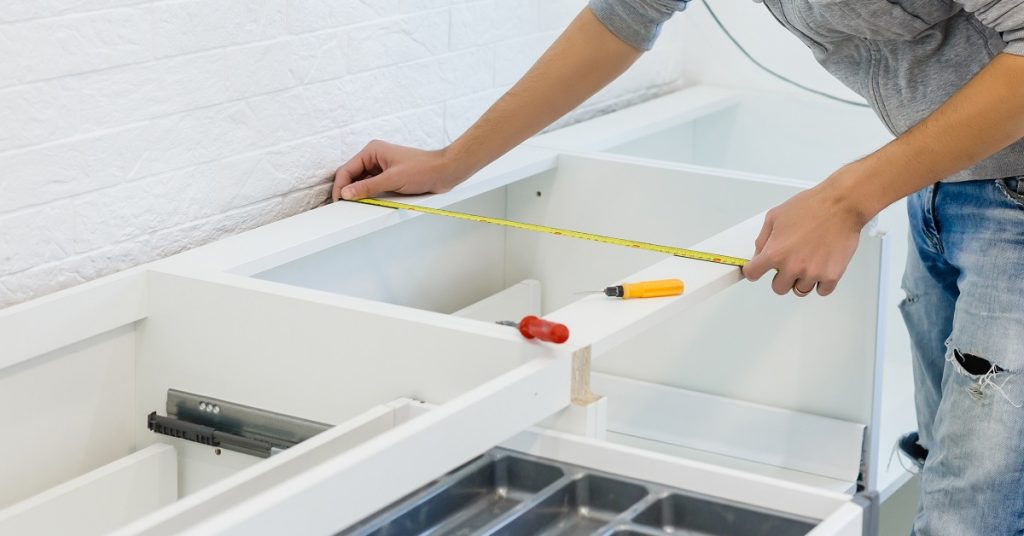
5. Demo & Prep Site
Now it’s time to prep your kitchen for remodeling. Safely demolishing your old kitchen and preparing the space for the new one is critical. Turn off utilities such as gas, electricity, and water before starting. Protect areas like adjoining rooms or flooring to prevent accidental damage.
Pro Tip: Disconnect and remove old appliance before starting demo. It might be worth carefully removing cabinets if they are in good shape. They can be reused or resold.
6. Install Major Components
Once the demolition is complete and the site is prepped, it’s time for the major installations. This step typically includes installing new kitchen cabinets, countertops, and flooring. Here’s a general guide for each.
Installing Cabinets
- Ensure cabinets are level and properly aligned.
- Use shims to adjust the height as needed.
- Secure cabinets to the wall studs for maximum stability.
Installing Countertops
- Choose materials like quartz, granite, or laminate based on your budget and style.
- Ensure a proper fit before attaching countertops to the base cabinets.
Flooring Installation
- Select durable, easy-to-clean materials such as tile or vinyl for kitchen floors.
- Lay flooring after cabinets are installed to prevent damage during construction.
There’s a lot of debate which should be installed first between cabinets and floors. For more in depth discussion about this, read what expert, Chip Wade, has to say about it.
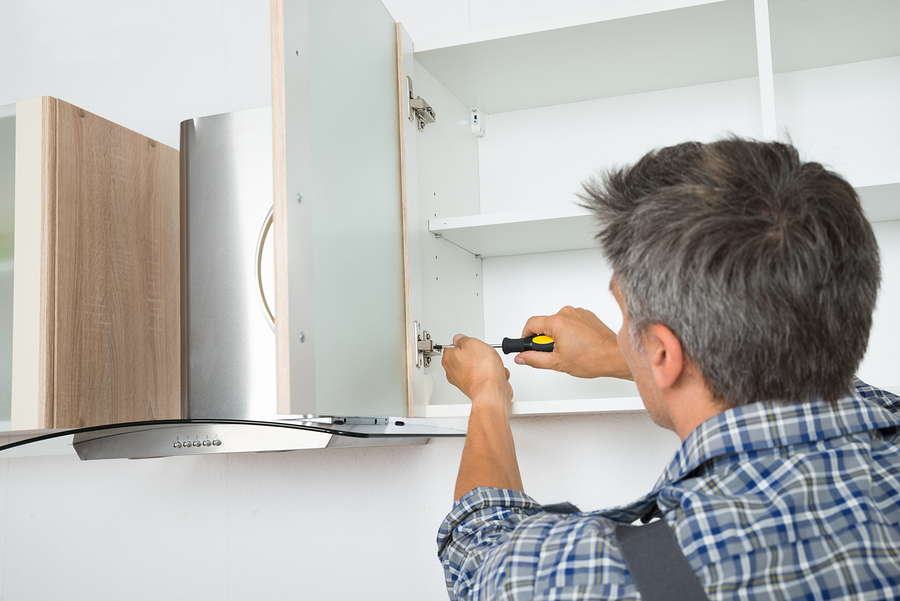
7. Hire Out Electrical, Plumbing, Lighting
Some aspects of the remodel may require professional help, particularly when dealing with electrical work and plumbing. While replacing light fixtures or adding new outlets is a DIY-friendly task, more complex work should be left to licensed professionals.
Tips for Electrical & Lighting
- Update outdated light fixtures for modern appeal.
- Consider installing under-cabinet lighting to brighten countertops.
- Check all outlets and wiring for safety.
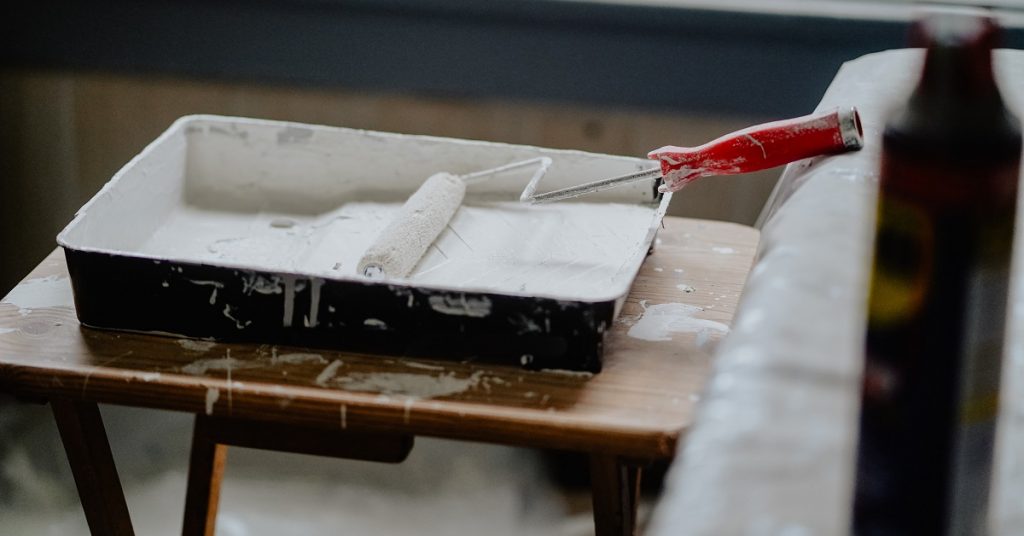
8. Paint & Finish
Painting is one of the easiest ways to refresh your kitchen. Choose a high-quality paint that stands up to moisture and wear. Don’t forget to add finishing touches like backsplashes, light fixtures, and hardware to complete the space.
Backsplash Ideas
- Subway tiles for a classic look
- Peel-and-stick tiles for a quick update
- Mosaic tiles for a modern feel
Pro Tips:
Measure twice, cut once
Mistakes in measuring can cause costly delays.
Stay organized
Keep a project timeline to avoid overlapping tasks or missed deadlines.
Consider professional help
If you’re uncertain about tasks like plumbing or electrical, don’t hesitate to call in an expert to avoid future issues.
Cost-saving idea
Repurpose old materials where possible, like reusing cabinet frames and upgrading only the doors.
Remodeling a kitchen is a rewarding project that can be completed on a budget with proper planning. By following this DIY kitchen remodel checklist, you’ll have a clear path to follow, reducing the likelihood of costly mistakes and delays. Now that you’re armed with the knowledge to tackle your renovation, start browsing products for your new kitchen, or get a free kitchen design consultation today!
By using a structured approach, clear steps, and essential tools, your DIY kitchen remodel can transform your space without breaking the bank. Follow this guide to create the kitchen of your dreams today!



























